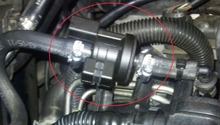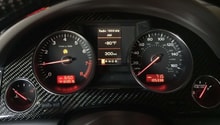Audi: Why is My Check Engine Light (CEL) On?
Is the engine light in your Audi on? Well, keep reading because we've got the real reason why this light won't stop coming on.
This article applies to the Audi A6 C6/C5, A3, A4 B7/B8, and Q5/Q7 (2005-2010).
You might not want to ever look up and see the check engine light blinking on your dashboard, but this very important warning light is there to signal a problem that needs your attention, and in many cases, one that can be resolved quickly with your immediate attention. So while you might be tempted to view a checking engine warning light as a precursor to a repair bill, consider seeing it as a way to resolve a pressing problem and restore the health of your Audi A6 C6. Let's go over the most common reasons why your check engine light is on and what you can do about it.

Materials Needed
- VAG-COM
- Replacement sensor
- Vacuum hose
- Purge valve
Step 1 – Check your codes
They might reveal a larger issue.
There are a number of reasons why your check engine light might pop on, including damage to your mass airflow sensor, broken vacuum hose, worn down spark plugs, a bad catalytic converter or a leak in your intake manifold.
- Use VAG-COM to scan your car for fault or error codes.
- Once you know what the problem is, you can fix it—either on your own or with the help of a professional mechanic.
- For a faulty sensor, you will need to remove the defective sensor and replace it with a new one.
- For a broken vacuum hose, you will need to pull off the front engine cover, and then trace the length of the vacuum line all the way to the driver's side. Release the hose from the clamp that holds it.
- Free up some space to work by removing the power steering fluid reservoir.
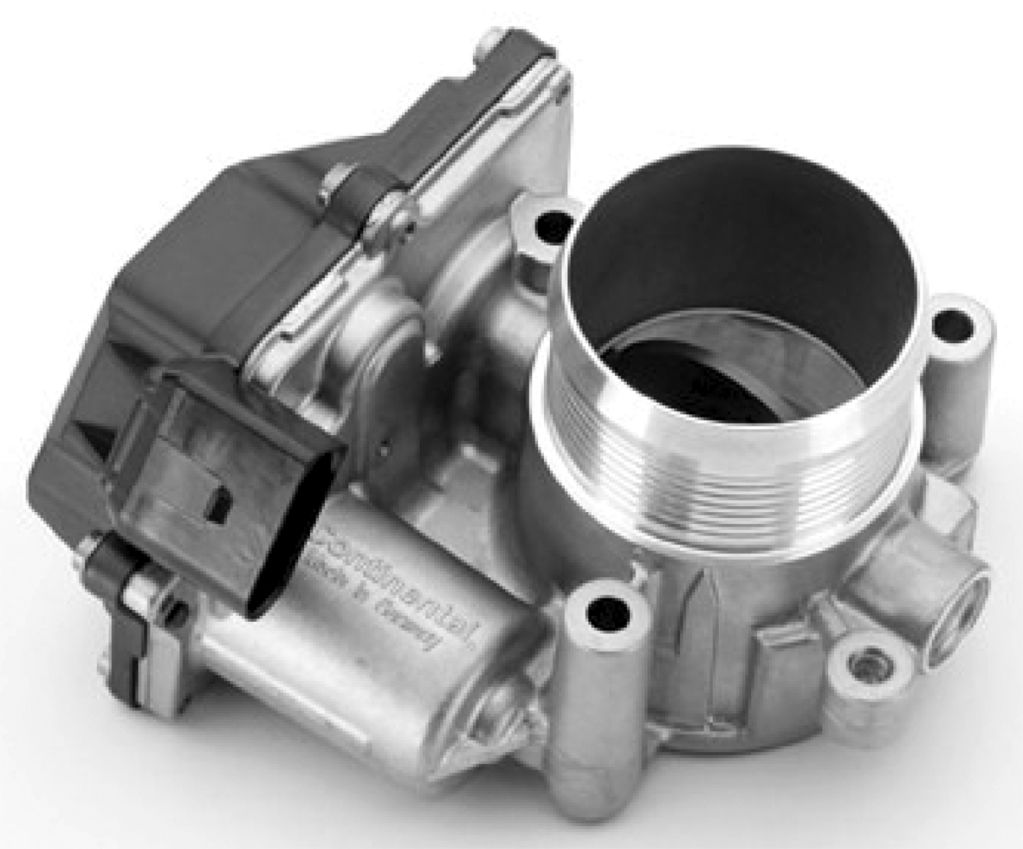
Figure 1. This is a picture of an intake manifold. 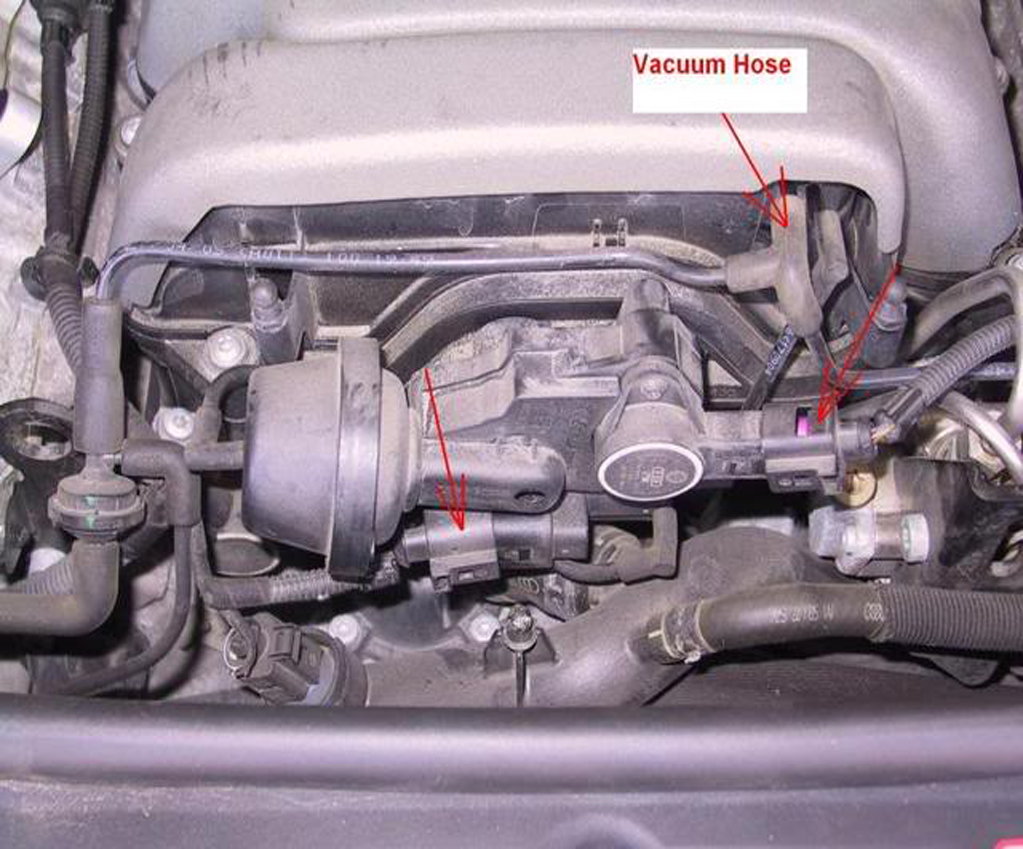
Figure 2. This is what the vacuum hose looks like.
Pro Tip
For a vacuum leak, you could be looking at a repair bill of $350 (parts only), plus labor ($225 or more).
If the scanner gave you an inconclusive code (telling you an area but not necessarily the direct problem), then continue to Step 2.
Step 2 – Check your evaporative emission system
It might be faulty.
Here's what you need to know when it comes to the check engine light and the evaporative emission system.
- You could be facing a leak or a loose cap/seals.
- If your purge valve needs to be replaced, then the cost for parts should come in at approximately $20 plus tax.
- If you visit a local Audi dealer, you could expect to pay up to $500 in combined labor and parts costs.
- If the dealer runs your codes and does not find a leak, but finds that running a complete diagnostic on your car is necessary, you might want to consider moving forward with this advice.
- If you've got a leak, it will need to be located and fixed. If no leak is found, but your evaporative emission system is definitely found to be faulty, then a larger (hidden) problem is lurking in the background and will need resolved.
- Be forewarned, though, labor costs could reach as high as $1,200 once the job is done.
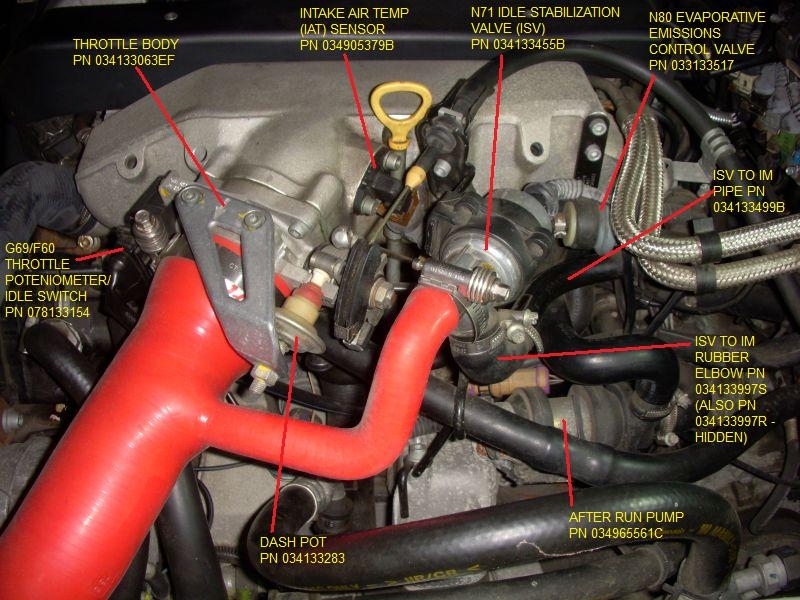
Pro Tip
This repair could be attributed to filling up your tank with your car running. Therefore, always turn off your car before filling up at the pump.
If the evap system was not the culprit, then go ahead to Step 3.
Step 3 – Check your camshaft
You could be dealing with a few issues.
Run your fault codes to determine if your CAM sensor (or wiring) is bad. If it is, then the problem will need to be fixed.
- Clean the wiring to the CAM sensor. Note where the wires go as you take them off.
- It's also highly recommended that you clean your oil valve control.
- Make sure your variable valve timing works properly.
- There is a possibility you will need to change out your camshaft adjuster.

Related Discussions
- Engine Light - AudiWorld
- Vacuum Hose Replacement - AudiWorld
- Purge Valve Issues - AudiWorld

